
Blog
Chip Away at the Concrete Chipping Blog
Whether you’re looking for information about how a concrete chipper provides silo and drum maintenance, are searching for safety tips to better protect your team or want to know more about concrete and cement in general, General Chipping’s concrete chipping blog is your one-stop shop for all things related to the world’s most popular building material. (And it gets updated all the time.)
Pro Tip: Bookmark this page to easily check back for the latest ready mix concrete industry news, company updates and interesting articles!
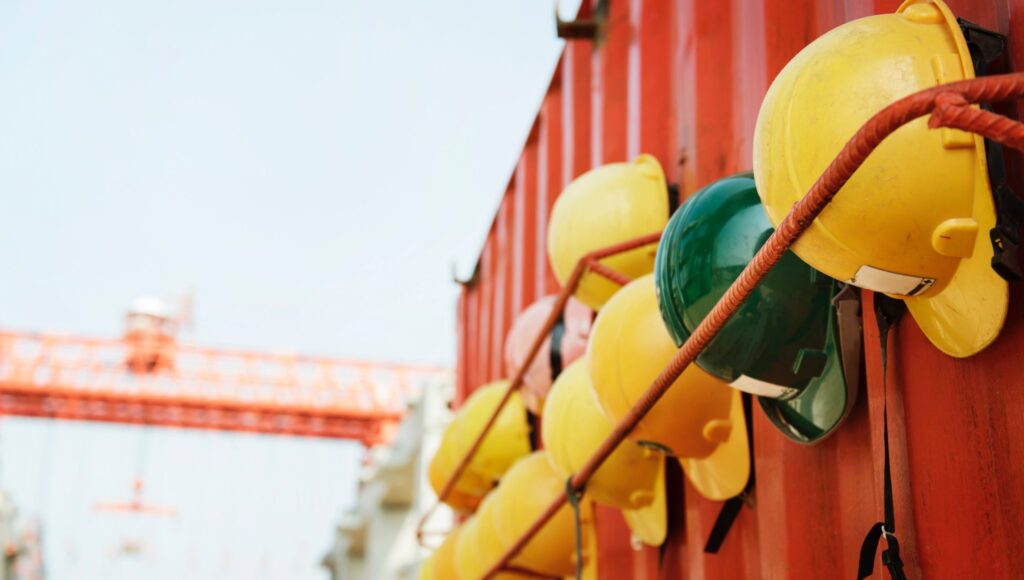
Improving Job Site Safety: Toolbox Talks & Strategic Teamwork
In the demanding — and dangerous — world of concrete and construction work, safe practices save lives. It isn’t enough to remind workers to play it safe on the job. To truly look out for the best interests of your team members and company, it takes cultivating a culture dedicated to doing things the right way. Safety toolbox talks and a smart approach can make […]
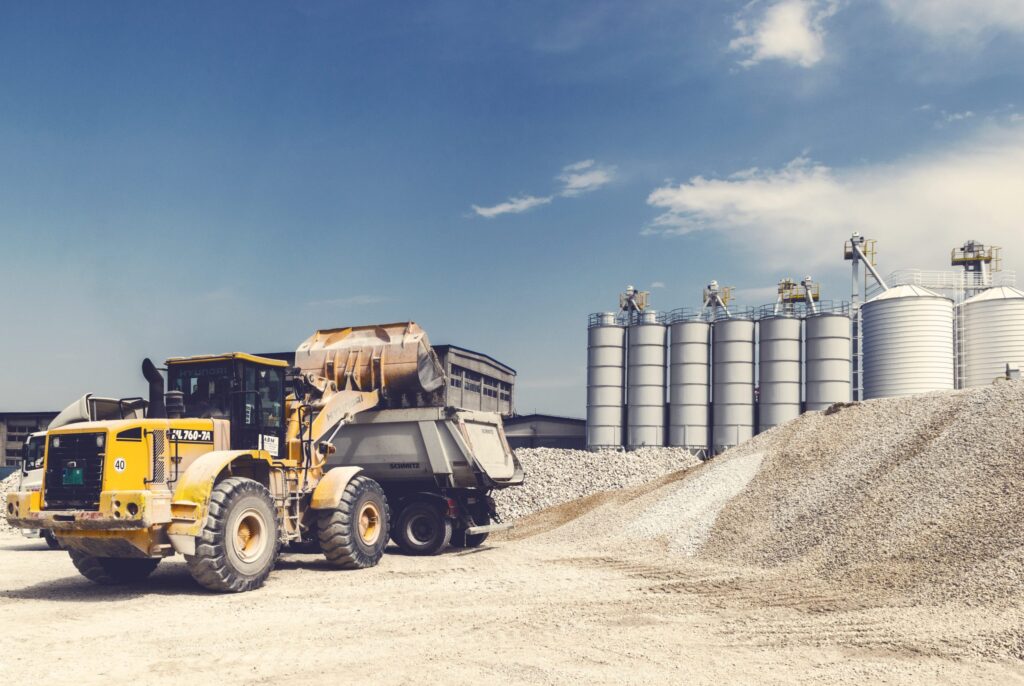
Why is My Cement Storage Silo Experiencing Clogs?
The cement storage silo plays an important role for a concrete or construction business. Not only does it protect concrete blends’ key ingredient and make it accessible for a crew, but it helps keep projects on track and clients happy. Of course, those benefits hinge on a cement storage silo working as it should. Clumps and clogs are common issues in the cement world, slowing […]
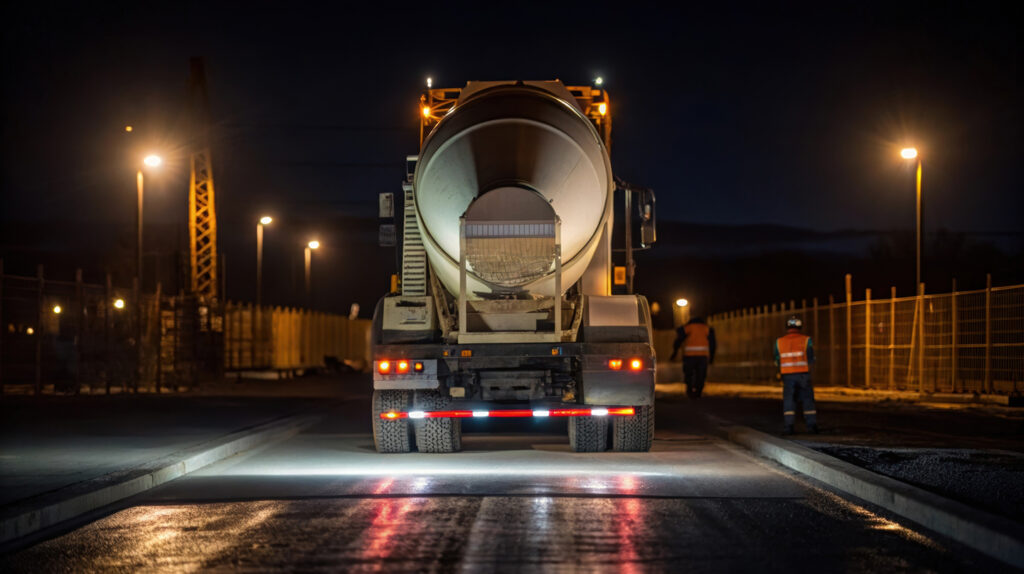
A Deeper Understanding of the Concrete Truck Drum
You rely on your concrete truck drum to keep projects moving. It’s a highly complex piece of machinery. It’s your means of producing material for your crew’s pours. Of course, on top of all that, it’s a substantial investment. But how much thought have you actually given to this important component of your concrete work? At General Chipping, we believe the more knowledge a person […]
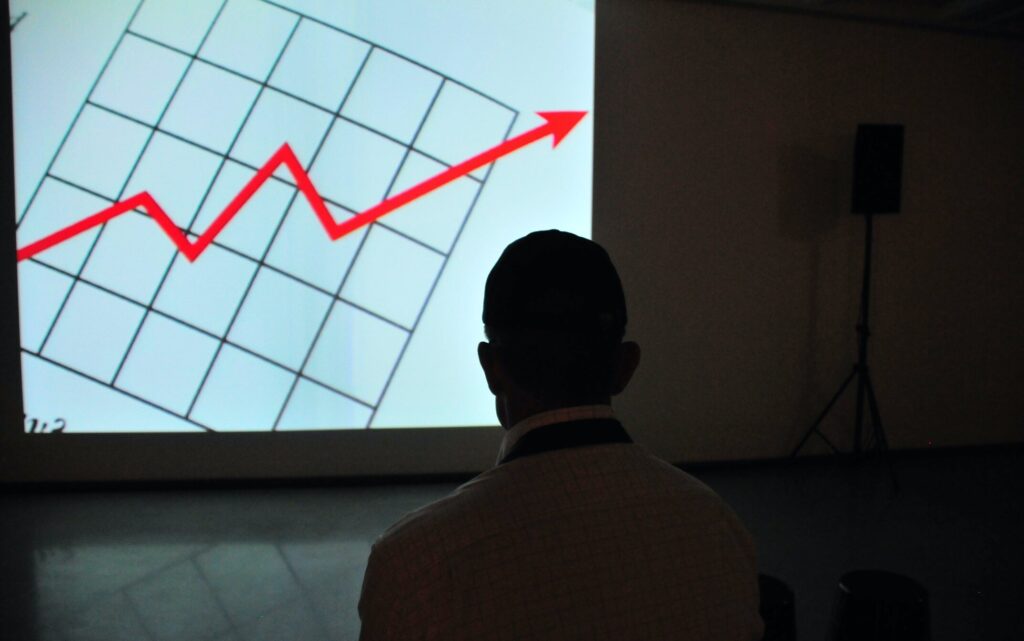
Concrete Industry Outlook: What’s Ahead for 2025 and Beyond
The start of a new year opens the door for countless possibilities — and, for concrete and construction crews, questions as to what comes next. The General Chipping crew has dug deep into online forecasts, expert opinions and industry overviews, all in an effort to better understand the coming year’s construction and concrete industry outlook. From what crews like yours are looking at in terms […]
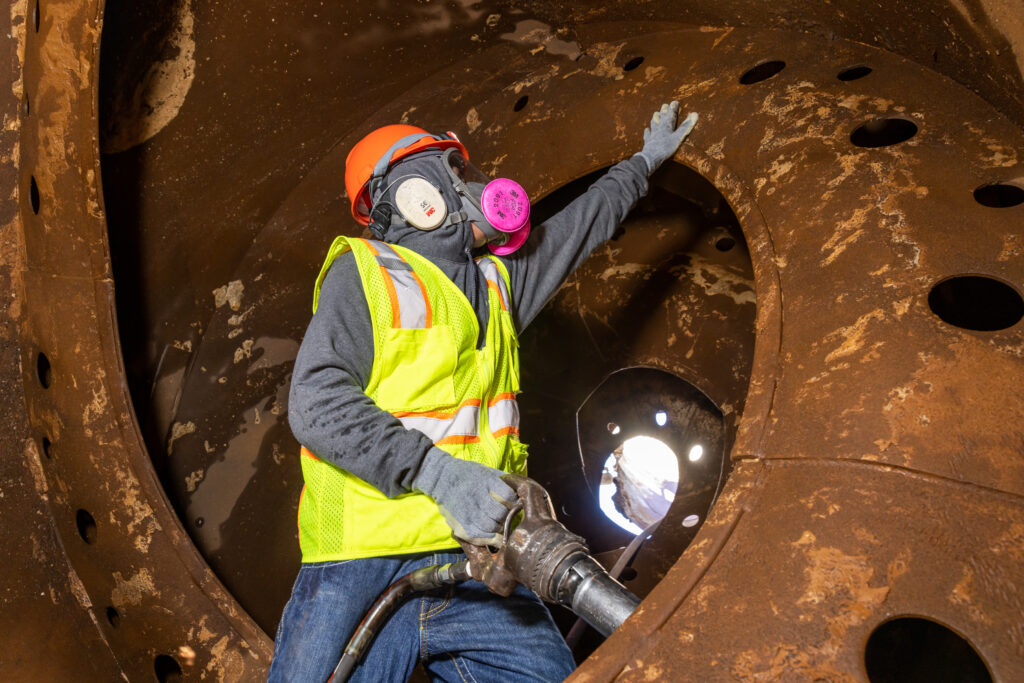
A Day in the Life of a Concrete Chipper
Concrete chipping is an incredibly niche industry — one with only a handful of companies dedicated solely to the work. That exclusivity can create an air of mystery, but more often than not it results in confusion about what a crew like ours does, why the work is necessary and what an average day looks like. The General Chipping team hopes to provide clarity about […]